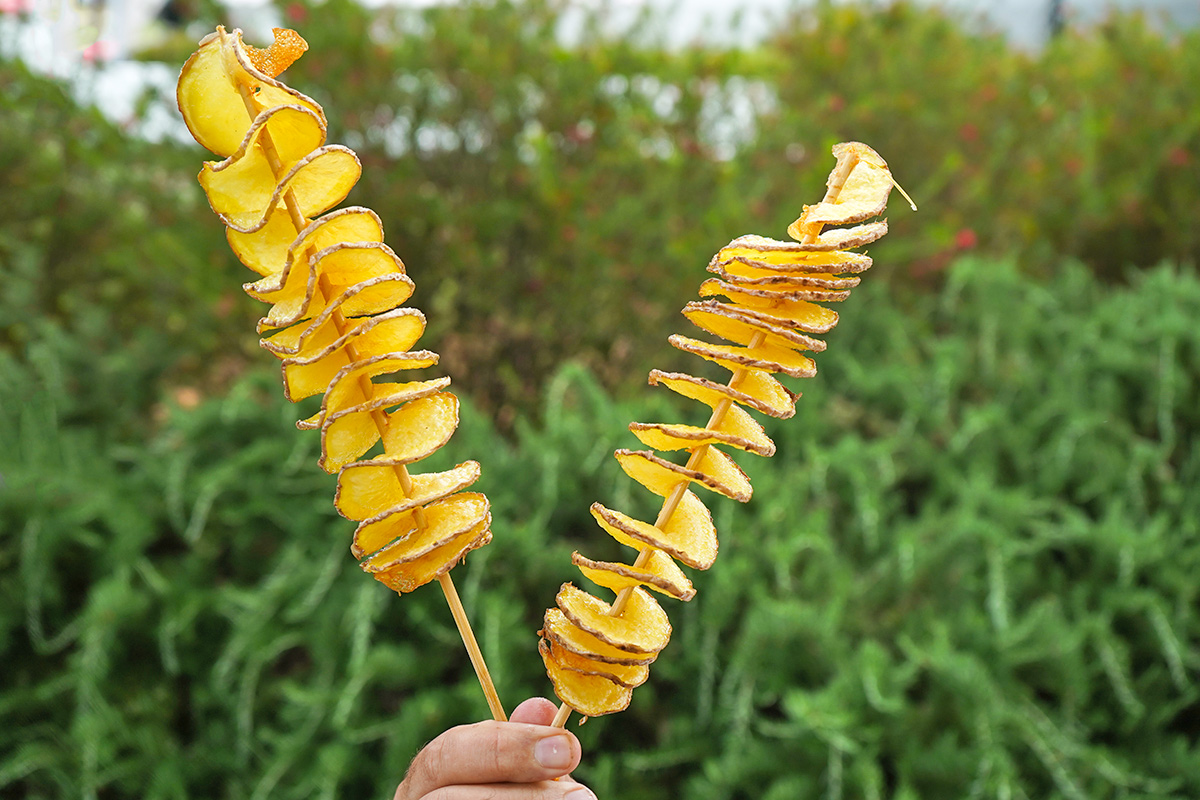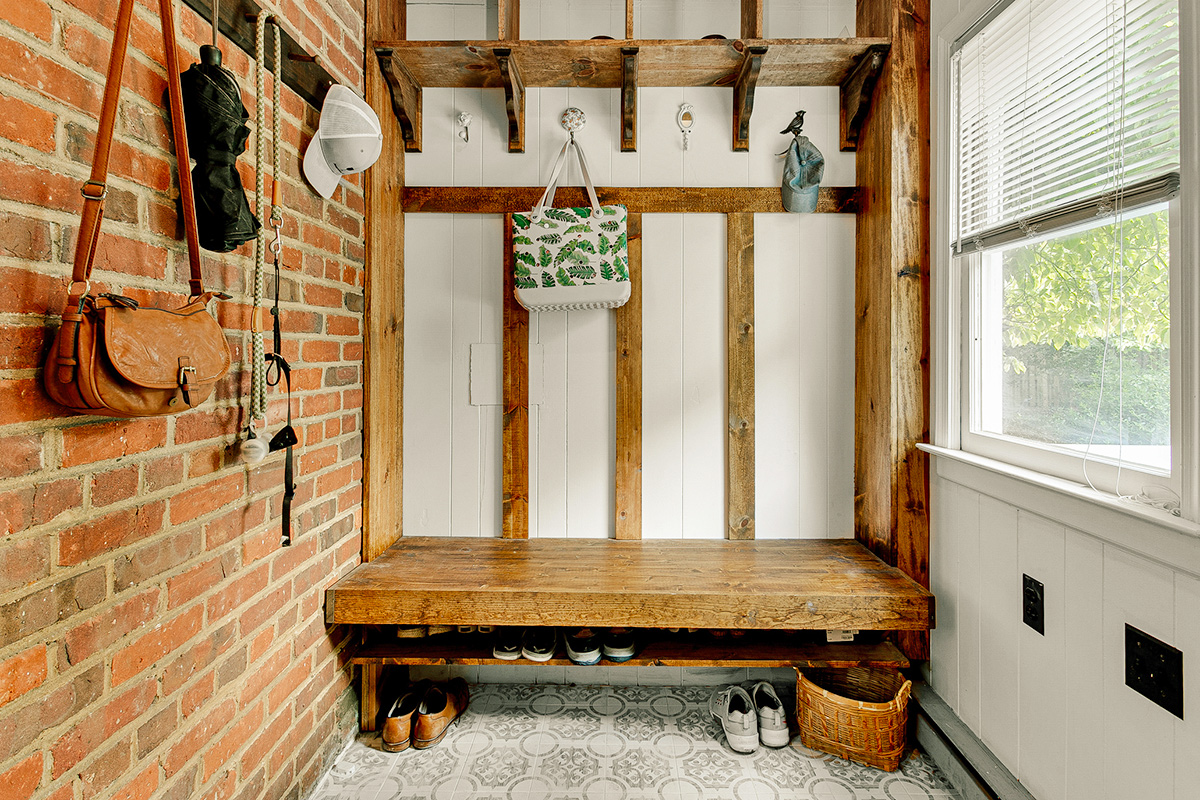Tower fans are a massive headache to clean. Their narrow openings are dust magnets, and it can seem impossible to get rid of all the particles without disassembling the entire machine. But fret no longer, because this hack is guaranteed to leave your tower fan looking as clean as the day you took it out…
Safety Warning
For safety reasons, this hack should be used only for tower fans where the blades are deeply concealed within the unit. Do not use it on fans with easily accessible or exposed blades, as these are more susceptible to breaking down and falling apart. Always wear safety goggles, stand a safe distance away from the fan, and above all, make sure the machine is unplugged.
Blast Dust Out of Your Tower Fan
To quote Bob Dylan, “the answer, my friend, is blowin’ in the wind” — the wind produced by a leafblower, that is. TikTok user @mandyflys737 demonstrated just how easy it is to clean your average tower fan with one. Of course, this hack isn’t for everyone. You’ll need a leafblower and a wide open space, such as a driveway or patio — two prerequisites not everyone has access to. We understand this may be limiting, but attempting this hack indoors will only send dust flying everywhere.
Begin by placing the tower fan in the middle of your driveway or patio. We recommend putting a couple of heavy objects, such as sandbags or weight plates, around the fan’s base to prevent it from tipping. Turn the leafblower on and let ’er rip, targeting the backside of the fan. The force generated by the leafblower should dislodge any hard-to-reach dust, sending it flying in the opposite direction, away from you. Even so, it’s a good idea to wear goggles to avoid getting dust in your eyes. Make sure to blow air into every last crevice of the tower fan until it looks nice and dust-free. Once complete, the fan should start blowing clean air — a welcome relief for allergy sufferers.
More from our network
House Outlook is part of Optimism, which publishes content that uplifts, informs, and inspires.
A Tip for People in Smaller Spaces
If you live in a small apartment without outdoor access (which likely means you also don’t own a leafblower), there are still ways to keep tower fans clean. A small canister of compressed air is a good alternative, as it’s powerful enough to dislodge dust, even if the chore takes more time. Try using the canister in an easy-to-clean area, such as the tub or shower, where you can simply wash away any leftover dust afterward.





























